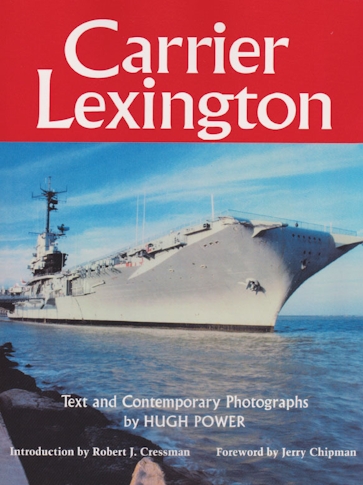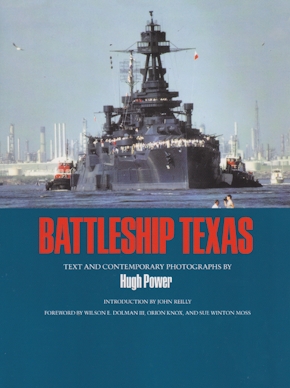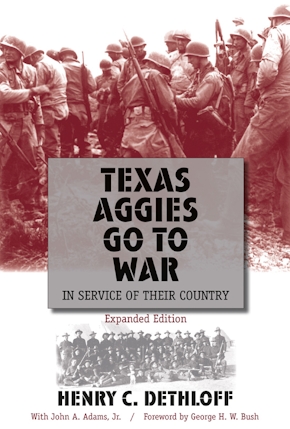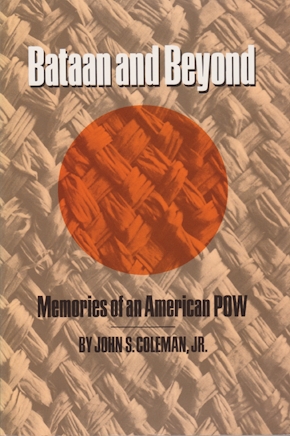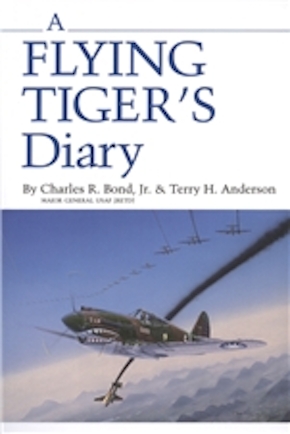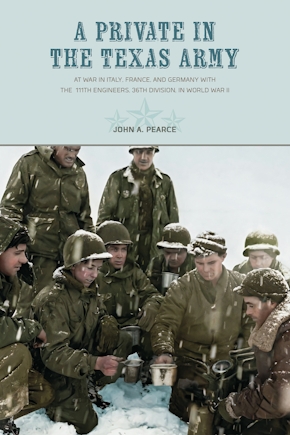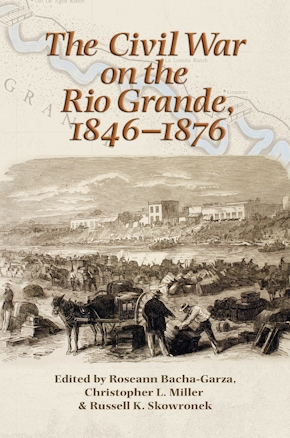Carrier Lexington
978-0-89096-681-5 Paperback
8.5 x 11 x 0 in
176 pp. 96 b&w photos., 7 line drawings., Gloss.
Pub Date: 12/01/1995
Available
Entering World War II as the second of the great Essex-class carriers to be commissioned, Lexington destroyed more than one thousand Japanese aircraft, sank more than a million tons of enemy shipping in the Pacific, and in September, 1945, had the honor of being the first American aircraft carrier to enter Tokyo Bay in victory. "The Blue Ghost," a nickname derived from Japanese reports that wrongly claimed the sinking of "a great blue ship," was one of the most decorated of all U.S. carriers during the war and helped establish the aircraft carrier as the most powerful of warships, replacing the big-gunned dreadnoughts that had ruled the seas through most of the first half of the century. In 1992, Lexington arrived in Corpus Christi, and the massive project to transform the ship into a first-class museum got underway.
Photographer-writer Hugh Power has captured every aspect of this great warship through beautiful photography, detailed floor plans, and illuminating text. Serving as the definitive guide to carrier Lexington, this book gives the reader a close look at the technological wonders and fascinating history of U.S. Naval aviation and traces the remarkable emergence of the aircraft carrier as the high seas' most fearsome weapon.
Centennial Series of the Association of Former Students, Texas A&M University
About the Author
Published by Texas A&M University Press
